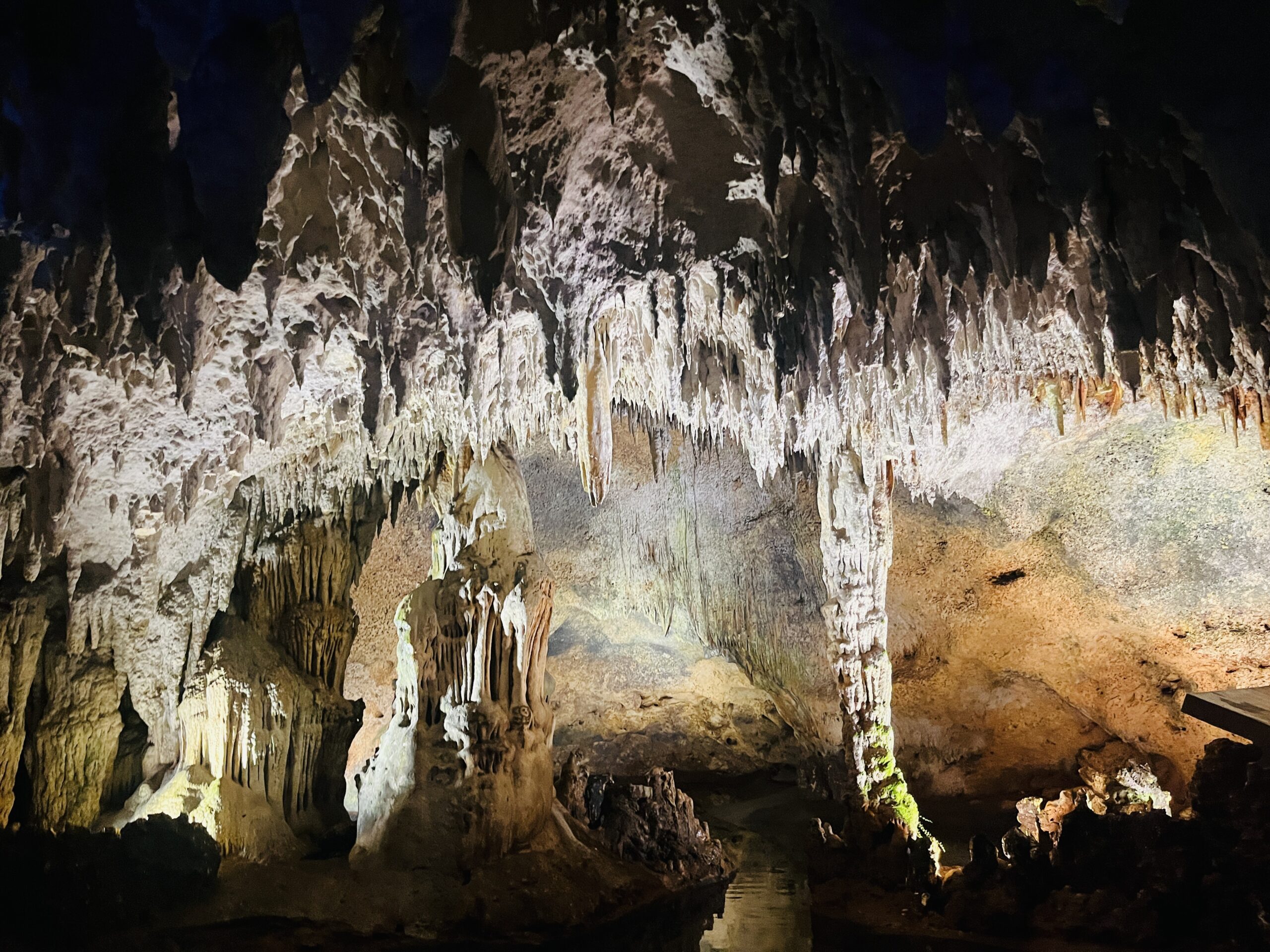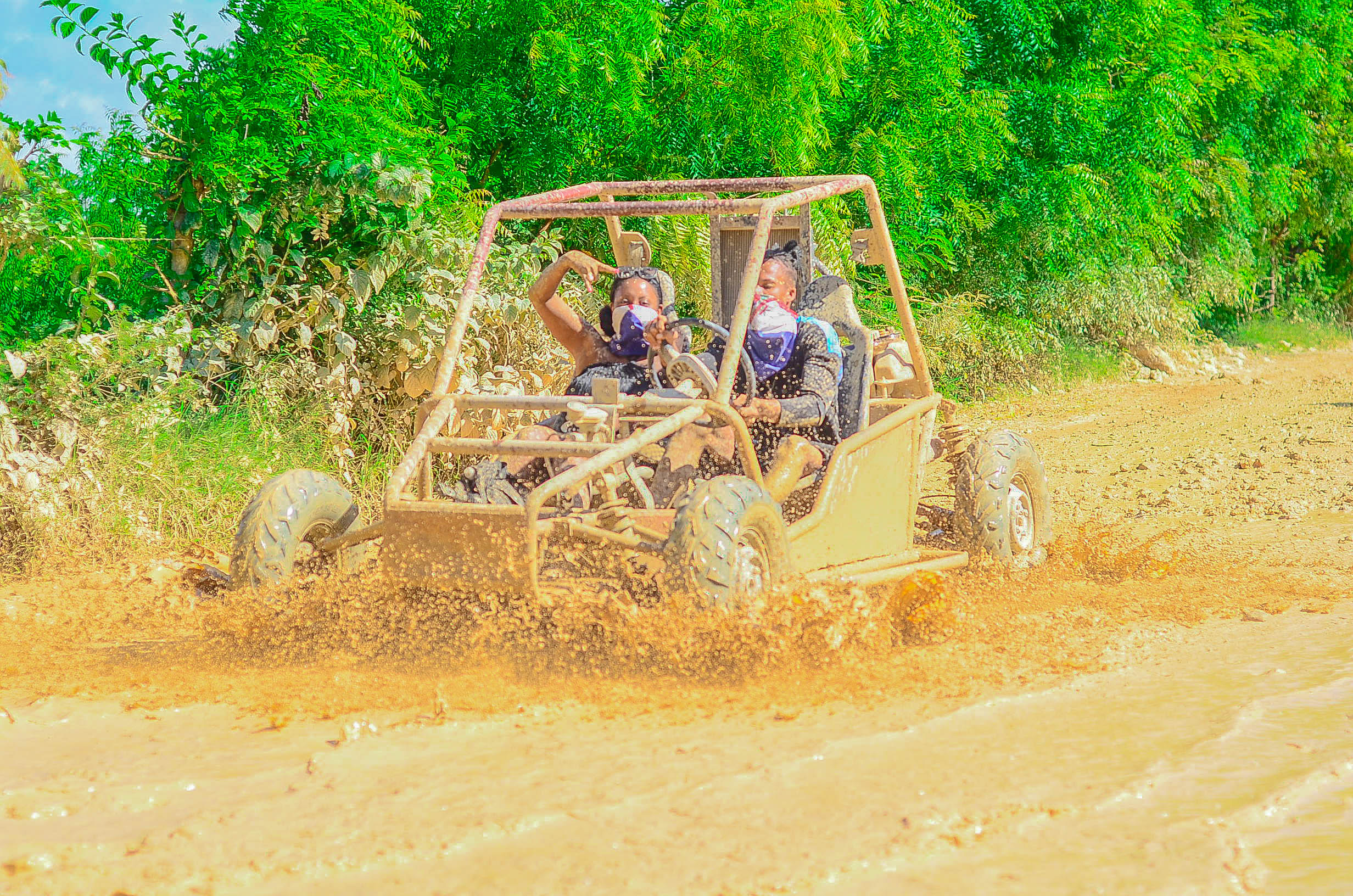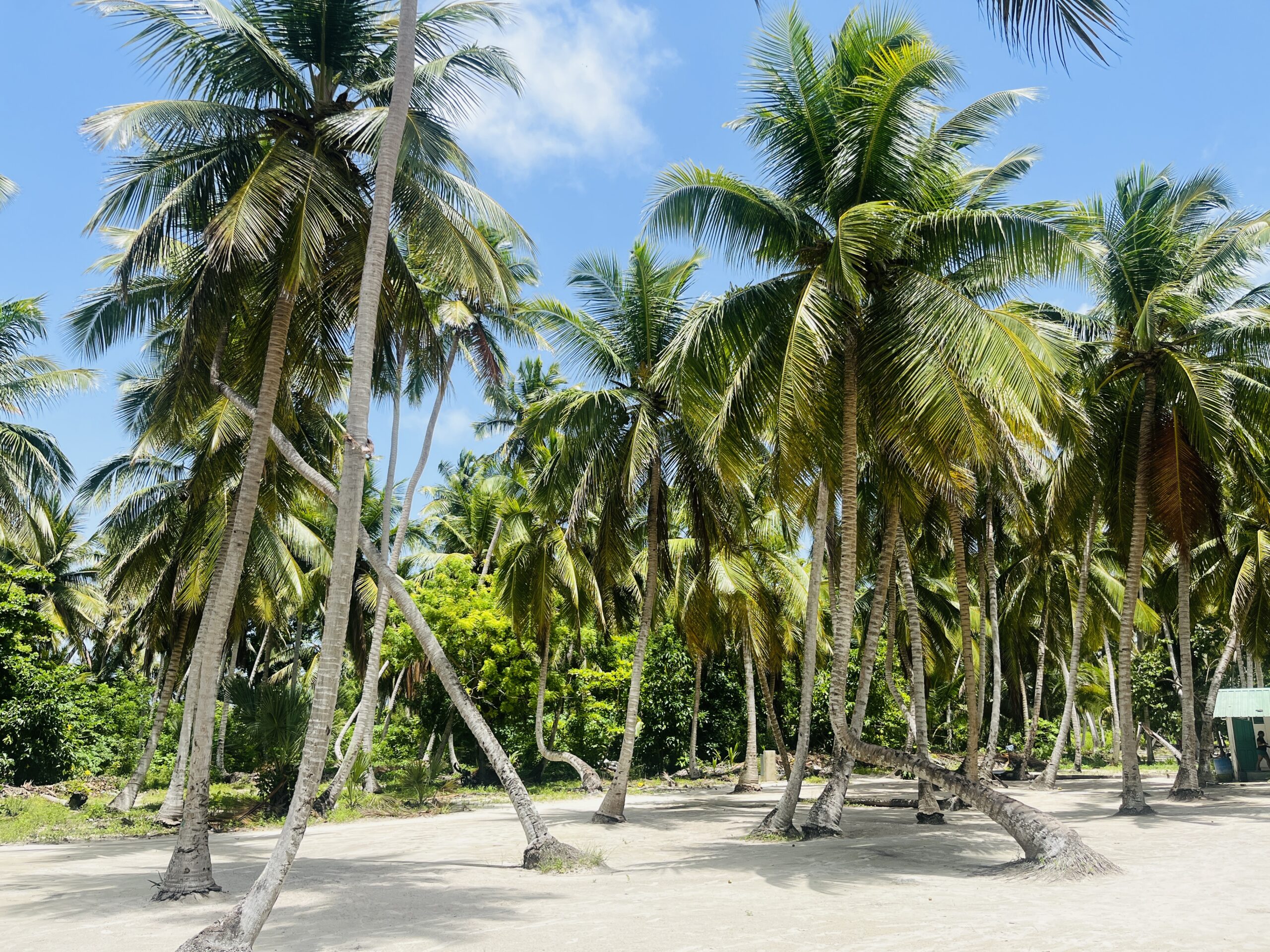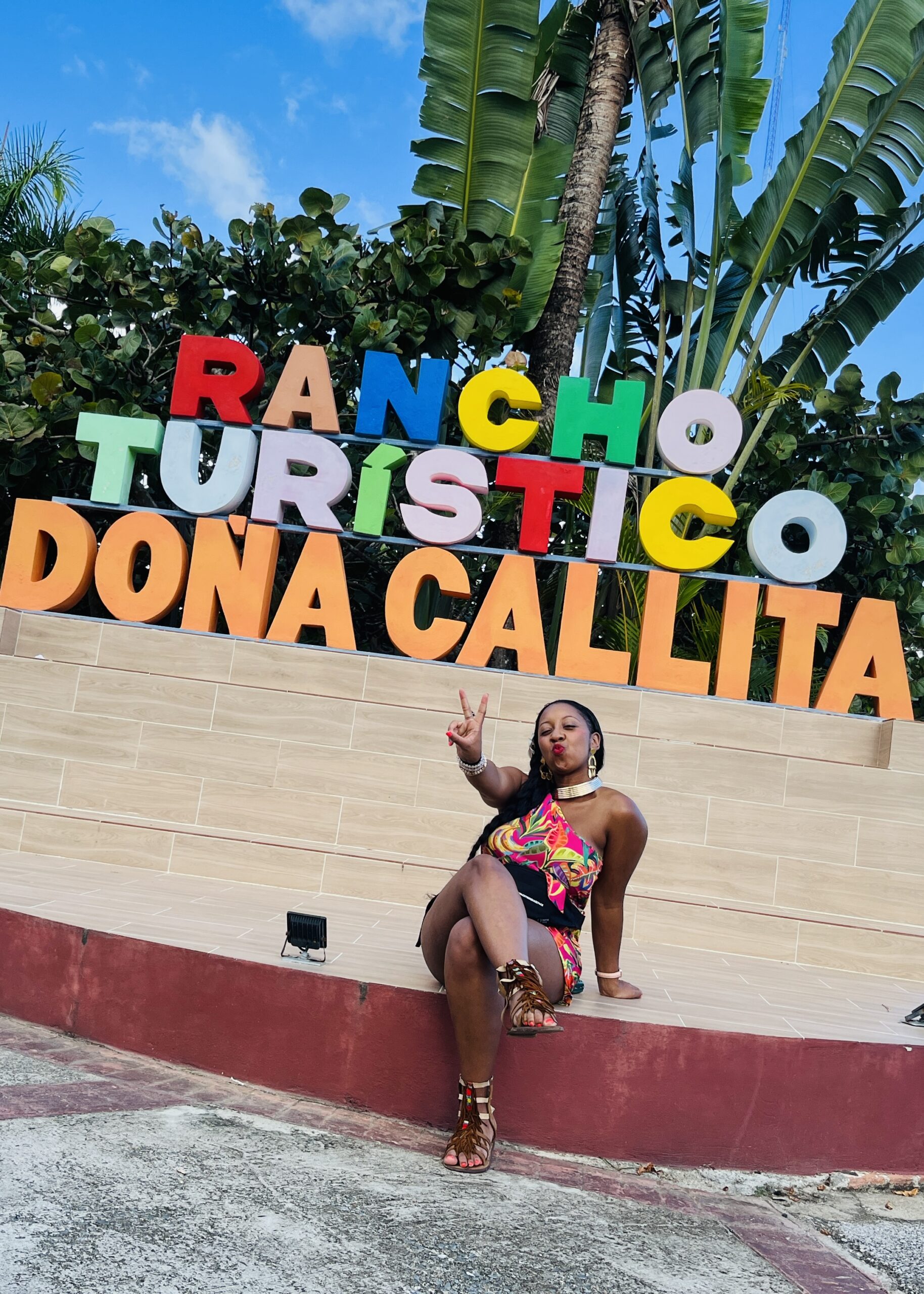Looking for Something Different Near Punta Cana? Step Inside La Cueva de las Maravillas and Discover Taíno History
Just a short drive from Punta Cana, you can stand face-to-face with ancient Taíno cave art that proves their history — and spirit — are far from extinct.
la cueva de las maravillas tour
The Taínos are not extinct and neither is their history – getting up close and personal with Taíno cave art in La Cueva de las Maravillas. I didn’t learn about the Taínos in school…
Instead, I learned about Christopher Columbus, the Italian explorer who discovered the Americas and introduced it to the western world. Tales of his 1492 voyage across the Atlantic Ocean to the island of Hispaniola often overshadow the history of the indigenous people who lived there for centuries. NEVER were we taught that the inhabitants of the island were called Taínos.
Prefer booking with viator?
Short on time? Book La Cueva de las Maravillas tour on Viator for a faster checkout—and rack up Viator Reward points while you’re at it.
Frequently Asked Questions
so who were the taínos?
The Taínos were the Arawakan-speaking people who inhabited the island of Hispaniola – now the Dominican Republic and Haiti. They were the first people that Christopher Columbus encountered on his voyage to the ‘New World.’ Known to be a gentle culture, the Taíno people were characterized by their friendliness and generosity. The word Taíno means “noble and good.” Skilled in agriculture, the Taínos cultivated many crops including cassava, yuca, maize, sweet potatoes, peppers, squash, yams, and tobacco. They were also great hunters, fishermen, and navigators. Additionally, the Taínos were skilled craftsmen, making pottery and baskets and had a wealth of ceremonial objects.
fun fact: The Taínos have no written language or recorded documents, only pictograms.
Before Christopher Columbus and the Spanish conquest, it is estimated that nearly 3 million Taínos were living and thriving on the island of Hispaniola. However, by 1550, the Taínos would become nearly extinct. Starvation, enslavement, and European diseases such as smallpox, malaria, influenza, and measles – to which they had no immunity – would wipe out almost the entire Taíno population. Those who were said to have survived would mix with Africans, Spaniards, among other ethnic groups.
Until the late 20th century, the Taínos were believed to be completely extinct. Yet, contrary to popular belief, the Taíno’s descendants, influences, and their history are still very much alive and well. And one way to explore and uncover the history of the Taíno people is by visiting La Cueva de las Maravillas in the Dominican Republic—a true hidden gem that offers a fascinating glimpse into their world

about la cueva de las maravillas
Located just off the highway between the small university town of San Pedro de Marcorís and popular tourist destination La Romana, you’ll find the hidden gem La Cueva de las Maravillas – where you can get up close and personal with Taíno petroglyphs and pictographs and explore the very caves where they worshiped, performed burials, and occasionally sought temporary refuge.
La Cueva de Maravillas means “cave of wonders” and is home to a wealth of well-preserved Taíno pictographs and petroglyphs dating back thousands of years. In 1926, the cave was rediscovered by a group of young explorers from San Pedro.
Tour highlights...
01.
Taíno Cave Art: See over 470 ancient pictographs and petroglyphs up close, offering a rare glimpse into the spiritual life of the Taínos.
02.
Water Mirror Gallery: A stunning underground lake that reflects Taíno art on the cave ceiling.
03.
Iguana Habitat: Spot native iguanas and tropical plants along the scenic entrance trail.
Inside La Cueva De Las Maravillas: What you’ll see
1. Marvel at ancient Taíno pictographs: The cave walls are covered in 472 pictographs painted in black and red, along with 10 petroglyphs. These markings include human-like figures, animal-human hybrids, and abstract geometric symbols — all left behind by the Taínos, who had no written language.
2. Stroll past towering stalagmites and stalactites: These natural limestone formations surround you as you walk through the cave, adding to its mystical and otherworldly feel.
3. See the famous Water Mirror Gallery: This striking artificial lake reflects the ceiling of the cave, creating a mesmerizing mirror effect. It also reflects the Great Panel, a powerful mural believed to depict a Taíno funeral ritual.
4. Experience the cave’s unique atmosphere: The cave remains completely dark and humid, but soft floor lighting safely guides visitors through its winding interior.
5. Catch a glimpse of sunlight piercing through the cave: Only six of the cave’s entrances receive natural sunlight, casting dramatic shadows and adding to the mystery of what lies within.

tour hours, Pricing, and Location
Hours of Operation: Tuesday to Sunday from 9:00am – 5:00pm.
Location: Carretera La Romana – San Pedro de Macoris – KM 16, Autovía del Este, Dominican Republic
Cost: Entrance to the park costs RD$300 or $10 USD per person and includes a tour. You can book directly once you arrive at the site or platforms like Viator.
Duration: The tour lasts about 45 minutes.
DO’S
DON’TS
Interested in exploring more hidden gems in the Dominican Republic? Check out Samaná: The Dominican Republic’s Best Kept Secret.














